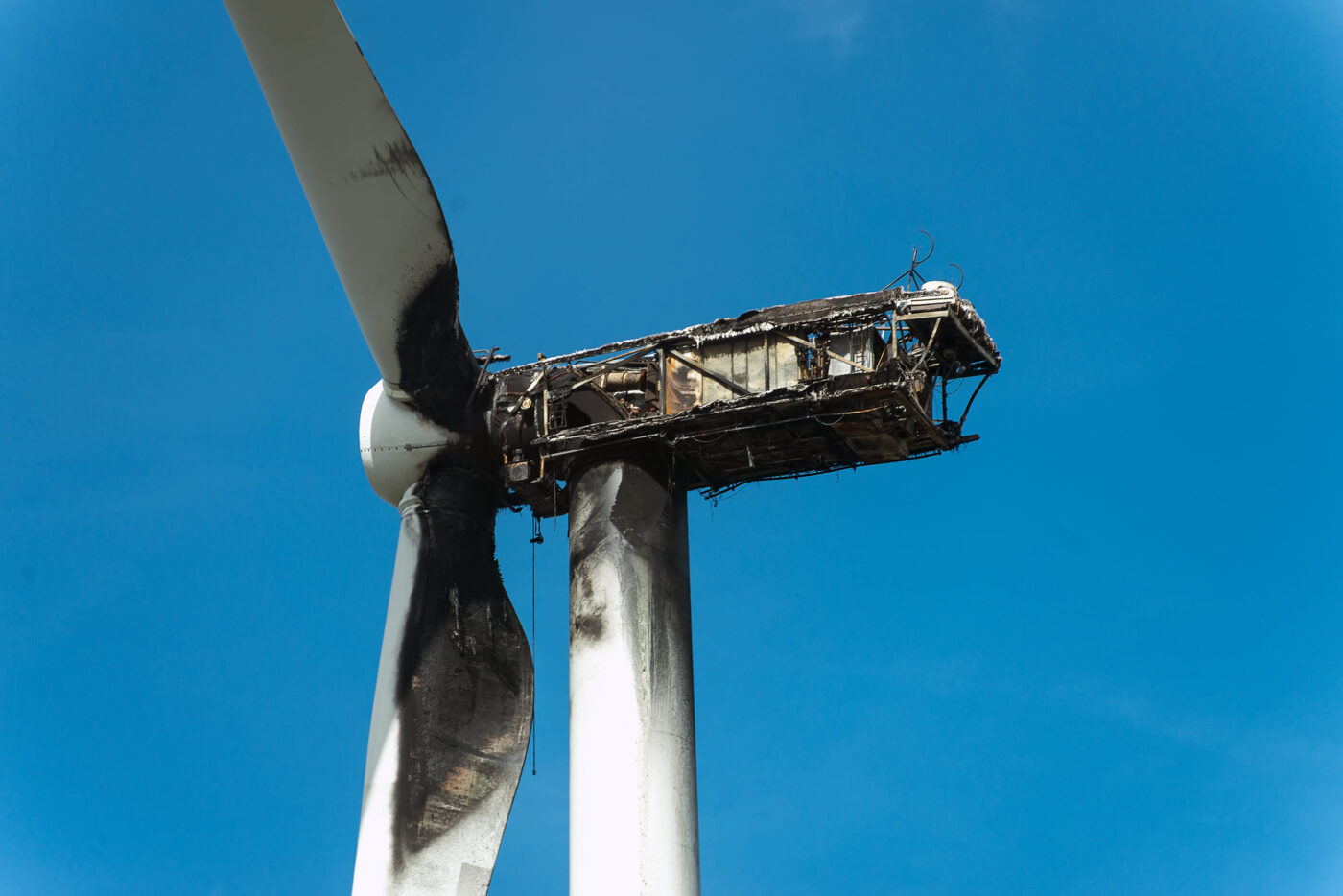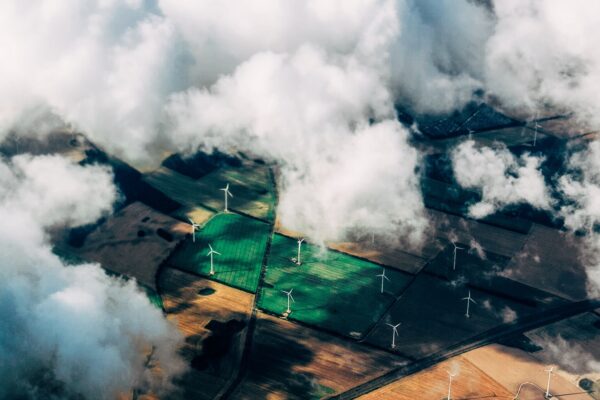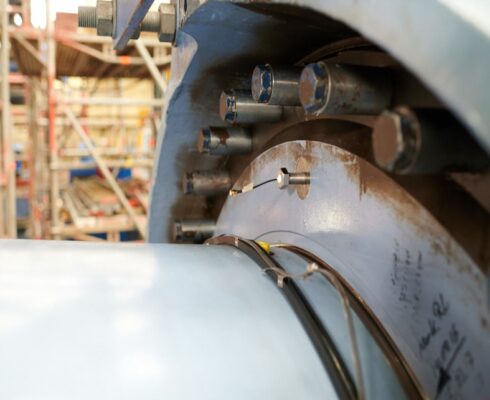In early July, a turbine known as D4, produced by the defunct manufacturer DeWind, collapsed in a field in Gescher due to strong winds and stormy weather, scattering its parts across the field and a nearby farm road. Despite having undergone a recent inspection indicating its safe operation until 2030, the turbine was unable to withstand the harsh conditions. In a separate incident, an older turbine in Stemwede Bürgerwindpark caught fire due to the constant ramping up and down triggered by fluctuating electricity prices. The frequent alterations in operations, not suited for older turbines, overtaxed the system and caused a fire. Fortunately, no injuries were reported in either of the incidents.
Lessons learned
Both events call attention to the impact of weather conditions and economic variabilities on aging wind infrastructure, highlighting the need for proactive measures to counter these factors.
A key element of wind farm incident prevention is prioritizing the use of high-quality components and having them properly installed. Cheaper, lower-quality parts may fail more frequently, increasing maintenance costs or resulting in more serious problems that render wind turbines inoperable. Moreover, adherence to best practices and manufacturer guidelines during the installation process can help prevent early part failure.
Regular and comprehensive inspections of wind turbines should be carried out to identify any signs of damage or wear and tear in their early stages. These inspections can be performed both visually and using specialized condition monitoring equipment such as infrared cameras, drones, and ultrasound equipment.
Another essential element of incident prevention is a well-planned and strictly enforced condition-based maintenance schedule that involves cleaning, lubricating, sealing, and replacing parts as necessary. The importance of skilled maintenance teams, having a profound understanding of the specific wind turbine technologies used on the wind farm cannot be overstated. Their expertise enables early detection of potential issues and efficient execution of preventative measures.
Finally, with the emergence of the Internet of Things and advanced machine learning algorithms, predictive maintenance is increasingly being used in wind farms. Sensors installed on turbines can monitor vibration, temperature, wind speed, and other parameters, sending real-time data to a central system. Advanced AI algorithms analyze this data and predict potential failures before they happen, allowing for timely part replacements or repairs.
Facing rough winds
These two incidents bring to light the difficulties the wind energy sector is dealing with, particularly those related to outdated infrastructure and market pressures. They underline the need for comprehensive safety and maintenance practices, as well as an operational framework that accommodates fluctuating energy prices. As Germany and the rest of the world continue their journey towards a greener future, these are considerations that cannot be ignored.



